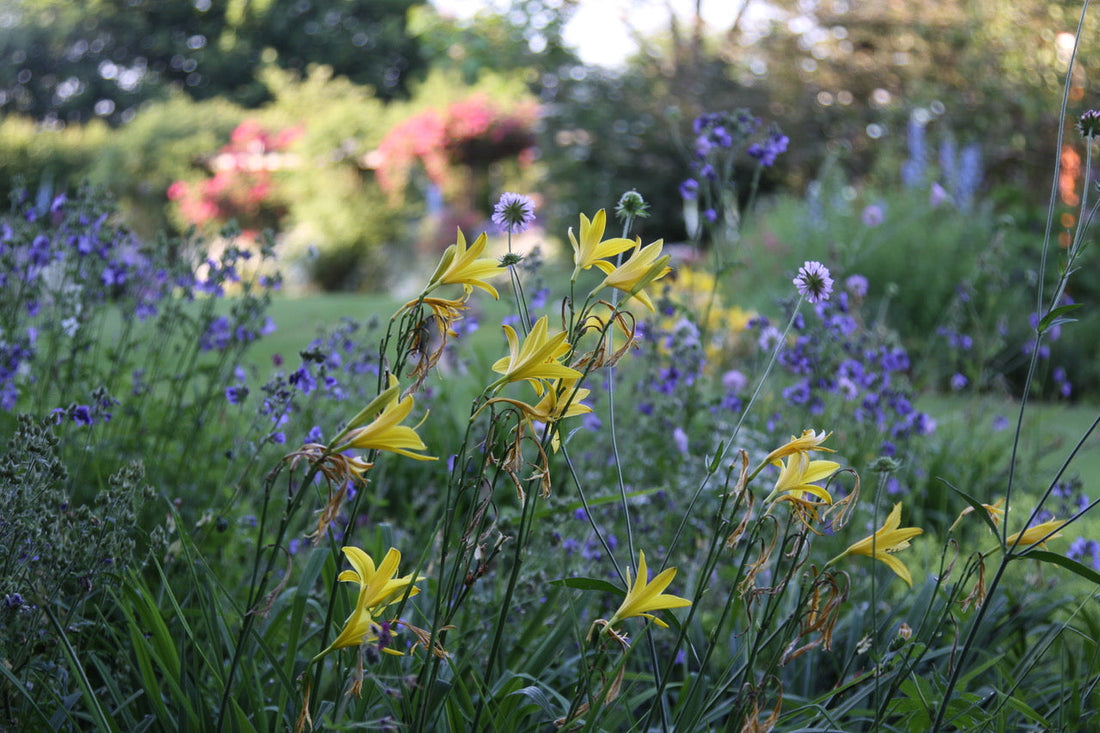Summer flowers in the perennial bed
Annual summer flowers extend the blooming season in perennial beds and are simply fun to grow. We present you the most beautiful ones!

Cup mallow(Lavatera trimestris)
Blossom:
Large calyxes in white to pink, cup-shaped and delicate, usually with darker veins.
Growth:
compact, upright and bushy growth, heights up to 120 cm
Flowering time:
July to October
Location:
light shade to sun
Care:
Mallows don't tolerate waterlogging or drought. They should be adequately fertilized. Support them with stakes.
Liver balm(Ageratum houstonianum)
Blossom:
The mostly small, fringed basket flowers are blue or violet, but there are also varieties that bloom white or pink.
Growth:
compact and bushy, depending on the variety 10 to 60 cm high
Flowering time:
July to October
Location:
Partial shade to sun, protect from heavy rain
Care:
Airy location, fertilize every 14 days, preferably with liquid fertilizer, plenty of water.
The right time
So-called coolflowers, or hardy annuals such as lady's mantle, annual delphiniums, wild carrots, scabious, or coneflowers, which require a cold stimulus, are sown in August or September of the previous year, or can be sown in small pots as early as the end of February. The young plants can then be planted in the garden bed at the end of March or beginning of April, or they can also be sown directly. Some varieties, such as lady's mantle or poppies, are best sown directly in the garden bed, as they don't tolerate transplanting very well.
As the saying goes, anticipation is the greatest joy. This also applies to sowing! With frost-sensitive summer flowers, it's important not to sow too early, as the plants need at least twelve hours of light immediately after germination. And unfortunately, depending on the region, this isn't until around March 20th. Before then, cultivation would only succeed with artificial light. Therefore, you shouldn't start sowing the remaining annual summer flowers until mid-March. These, too, are sown indoors first. Only after the Ice Saints in mid-May, when the danger of frost has passed, can they be planted in frost-free ground.












































































































